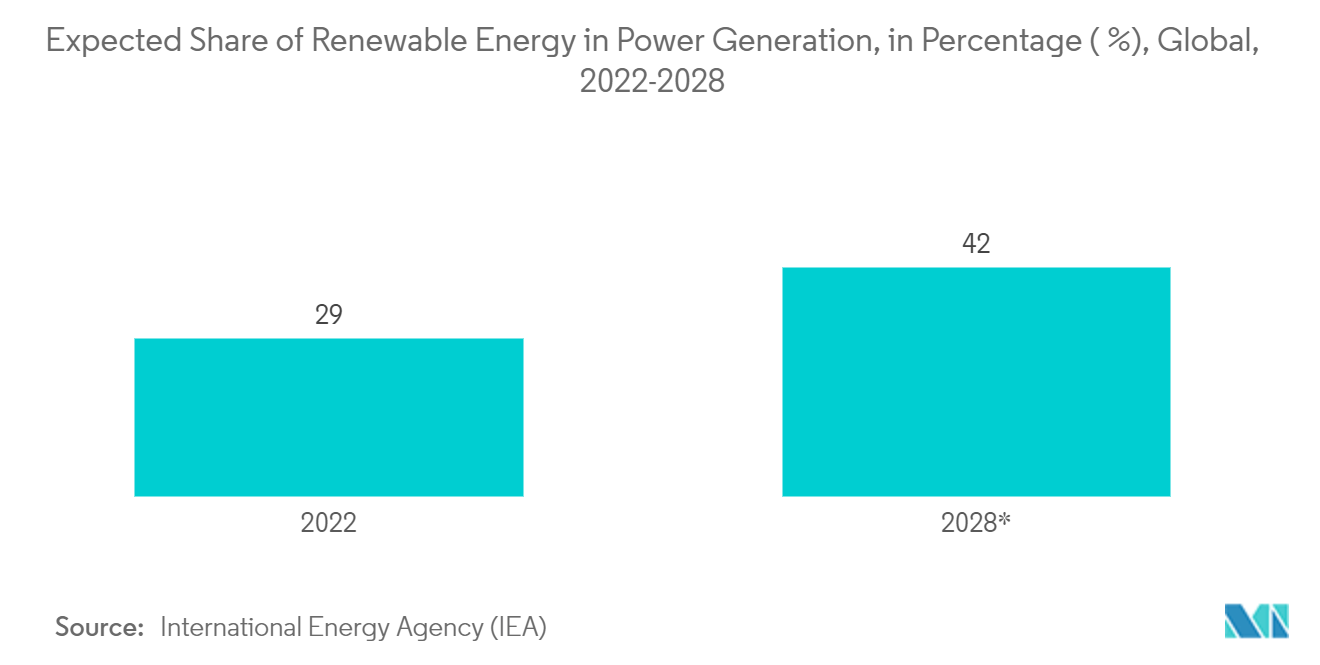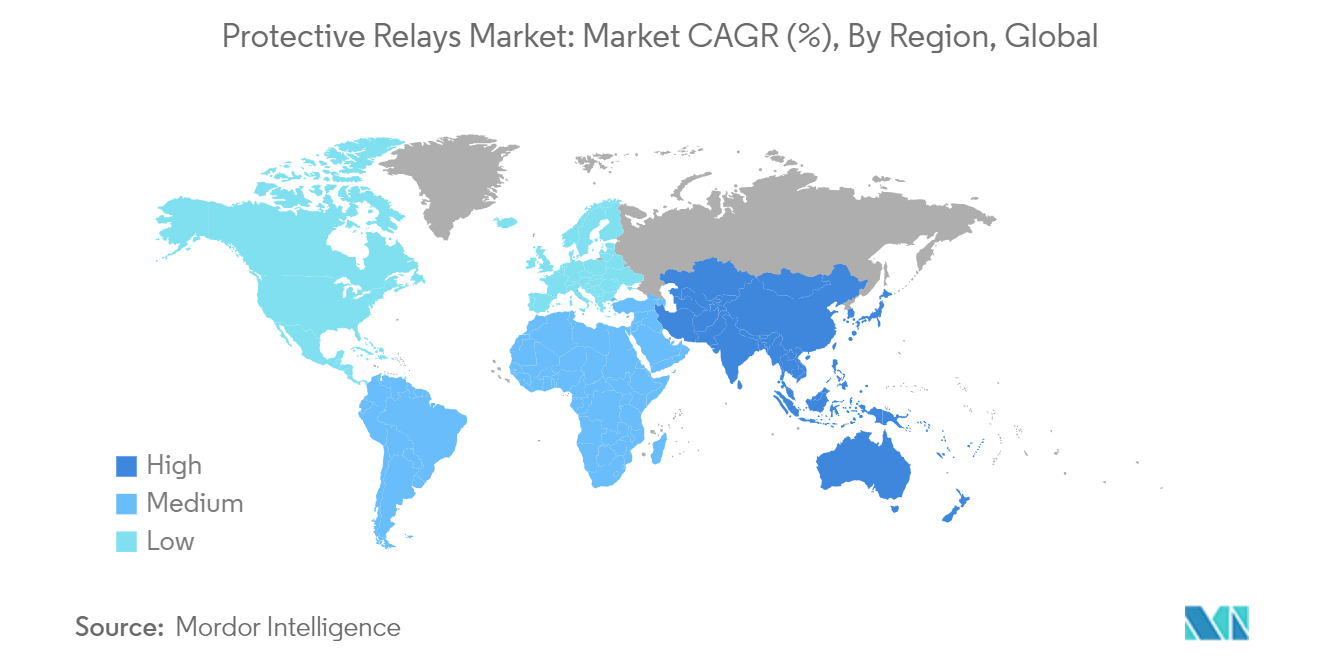Market Trends of Protective Relay Industry
Utilities Segment to Hold Significant Market Share
- Utilities, especially power generation and distribution, are anticipated to remain major end-users for protective relays, considering the growth in demand the industry has witnessed in recent years. For instance, according to the International Energy Agency (IEA), in 2024, the global electricity demand is anticipated to grow by 3.3%.
- The growth in demand for electricity is driven by several factors, including the increasing footprint of urban spaces, rapid industrialization, especially across developing regions, and government initiatives at the regional level to expand electricity infrastructure to remote locations.
- For instance, according to the United Nations Department of Economic and Social Affairs (UN DESA), by 2050, about 68.4% of the global population is expected to live in urban areas. The percentage is expected to remain higher in more developed regions (~86.6% by 2050), while about 65.6% of the population of less developed regions is projected to live in urban areas.
- Furthermore, in recent years, governments across different countries have been running initiatives to expand the reach of electricity to remote locations, which is also influencing the overall electricity demand. For instance, in recent years, the government of India has launched several schemes to achieve its goal of extending the reach of electricity to 100% of rural households, including Deen Dayal Upadhyaya Gram Jyoti Yojana (DDUGJY), Pradhan Mantri Sahaj Bijli Har Ghar Yojana (Saubhagya), and Revamped Distribution Sector Scheme (RDSS), among others.
- Similar programs are being run across other countries, which is driving the electricity demand. For instance, in 2023, the Rural Energy Agency of Tanzania announced that the country's program to electrify all 12,318 villages would be completed by June 2024. According to the agency, the electrification program will expand access to electricity to over 70% of the rural population once completed.
- Countries across the globe are, thus, increasing their investments to modernize the power generation and distribution infrastructure to make them suitable for renewable energy and to align them according to the current and future requirements of the power generation and transmission industry.
- According to the International Energy Agency, the share of renewable energy in the power generation sector is anticipated to reach about 42% by 2028, compared to 29% in 2022. As fossil fuel-based energy sources are among the major contributors to carbon emissions, which adversely impacts the environment, increasing environmental awareness remains among the major drivers of the industry's growth.

Asia Pacific to Register Major Growth
- China is the largest industrialized economy in the Asia-Pacific region. For instance, according to China's National Bureau of Statistics, the industrial sector contributes about 31.7% to the country's GDP. Manufacturing, steel, construction, and mining are among the major sectors in the country.
- Since the past few decades, China has remained among the global manufacturing hubs, especially in the fields of automotive, consumer electronics, steel, etc. However, the sector has witnessed a slowdown in recent years due to various macroeconomic factors. Hence, the Chinese government has been taking several initiatives to help the manufacturing and industrial sector maintain its dominant position. For instance, recently, the government has launched initiatives such as Made in China 2025, which aims to position China among the significant technology and production hubs.
- Automotive, materials, electronics/semiconductors, etc., are among the major industries in the country. As the level of electrification across these industries is high, a larger footprint of these industries contributes significantly to electricity demand for the country, which, in turn, also favors the demand for protection relays to ensure the safety of costly equipment, machinery, workforce, and other industrial infrastructures.
- Japan is a highly urbanized nation, with about 92% of the population living in urban areas (Source: World Bank). As the demand for electricity is usually higher across urban areas, such trends contribute to a higher electricity demand across the country.
- In recent years, the country's power sector has shifted its focus toward renewable sources to enhance environmental sustainability and reduce its dependency on foreign imports. For instance, according to the Ministry of Economy, Trade and Industry, in November 2023, Japan's crude oil imports from Saudi Arabia reached 33.27 million barrels, or 42.7% of total imports.
- As India is among the largest markets in terms of the number of consumers, these industries are anticipated to continue to grow. According to the India Brand Equity Foundation (IBEF), by 2030, the middle class in India is forecasted to have the second-largest share in global consumption at 17%.
- As the Indian government pushes to enhance the export value across various sectors, vendors operating in the market are anticipated to enhance their investments in advanced production technologies, automation, and robotics to achieve scale and compete at the global level in terms of quality. As per India's new Foreign Trade Policy (FTP) 2023, the government is focused on achieving a total export value of USD 2 trillion through the export of goods as well as services by 2030.


